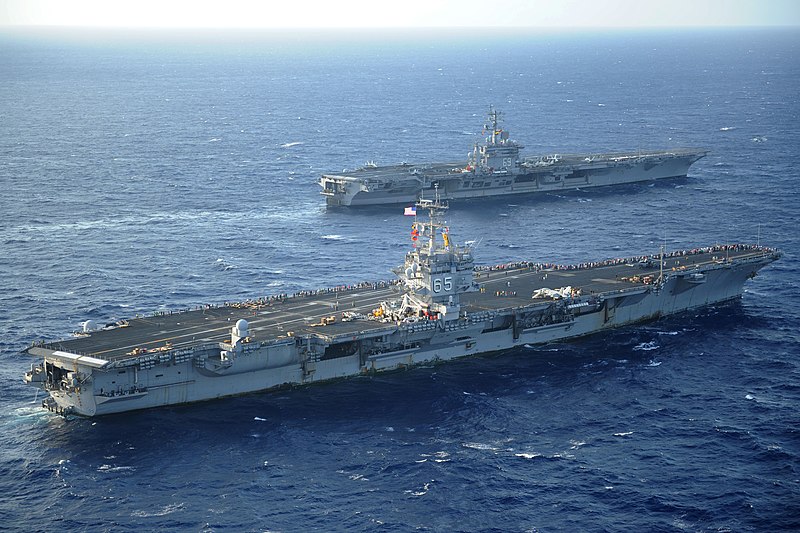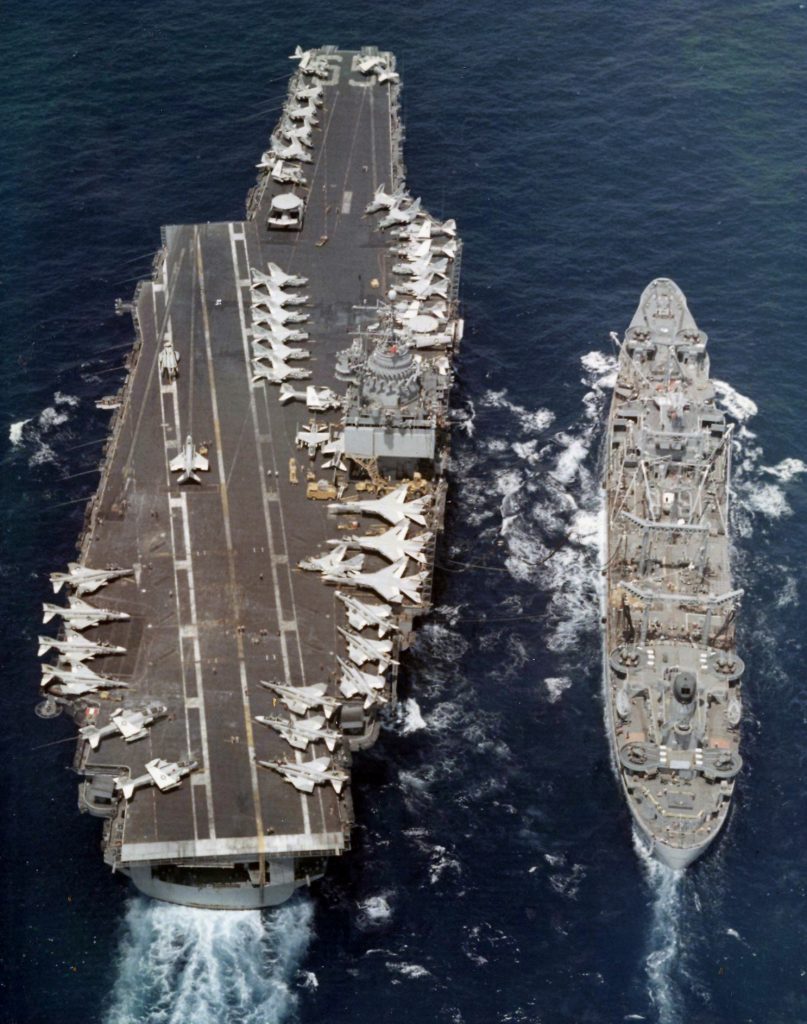
In a historic first, the U.S. Navy is navigating the intricate and unprecedented process of dismantling and scrapping a behemoth of American naval engineering—the decommissioned USS Enterprise (CVN-65), the first nuclear-powered aircraft carrier. After more than a decade since the ship’s deactivation in 2012 and decommissioning in 2017, the Navy has charted a course towards its final dismantlement, a task that promises to be as complex as the vessel’s storied past.

The USS Enterprise was a marvel of naval innovation, first commissioned into service in 1961. Over its 51 years of service, the ship not only changed the dynamics of naval warfare but also became the longest-serving aircraft carrier in U.S. Navy history. It was an iconic presence in multiple conflicts, from the Cuban Missile Crisis and the Vietnam War to the wars in Afghanistan and Iraq. Now, it faces a dismantlement process that is set to begin in 2025 and span until 2029—coinciding with the decommissioning schedules of its successors in the nuclear-powered carrier lineage, like the USS Nimitz (CVN-68).

The magnitude of this disposal project is unlike any other. With eight nuclear reactors on board, the Enterprise poses unique challenges that surpass those of disposing of smaller nuclear-powered vessels such as submarines, which the Navy has more experience with. The complexity is further compounded by the scale of the carrier and the need to ensure environmental and safety protocols are strictly adhered to throughout the disposal process.

In an effort to address these challenges, the Navy has embraced a novel approach: enlisting commercial industry for a job traditionally managed in-house. This decision is informed by the Navy’s prior experience with nuclear propulsion programs and the modern capabilities of private companies skilled in dismantling nuclear power plants. The service’s proposed plan involves towing the Enterprise to a commercial facility where the defueled reactors will be meticulously disassembled and packaged, then transported to long-term storage facilities.

The projected cost of using commercial industry for the disposal of the USS Enterprise is estimated between $554 and $696 million, a figure that significantly undercuts the $1.1 to $1.4 billion cost and extended 15-year timeframe that would be required if the work were to be done at public shipyards. Utilizing a commercial dismantlement facility, the Navy not only anticipates significant savings but also expects the procedure to take a more condensed five years.

This decision is not without its strategic advantages. By leveraging industry expertise, the Navy can prioritize its limited shipyard resources on active fleet maintenance and other high-priority tasks. It’s a paradigm shift that signals a departure from the Navy’s historic self-reliance in the realm of nuclear vessel disposal. The move is expected to “reduce the Navy inactive ship inventory, eliminate costs associated with maintaining the ship in a safe stowage condition, and dispose of legacy radiological and hazardous wastes in an environmentally responsible manner,” according to Navy spokesman Alan Baribeau.

The repercussions of this decision are expected to set precedents for how nuclear-powered carriers will be disposed of going forward, especially as more vessels like the USS Eisenhower (CVN-69) near their own retirement. Each step taken with the Enterprise will inform the Navy’s approach to subsequent carriers, ensuring that lessons learned are applied to refine the process.
Related image you might intested:








